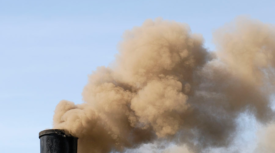News
Why employers often get worker wellbeing wrong
Integrating health and safety can lead to greater employee wellbeing
March 6, 2018
Never miss the latest news and trends driving the safety industry
eNewsletter | Website | eMagazine
JOIN TODAYCopyright ©2024. All Rights Reserved BNP Media.
Design, CMS, Hosting & Web Development :: ePublishing









